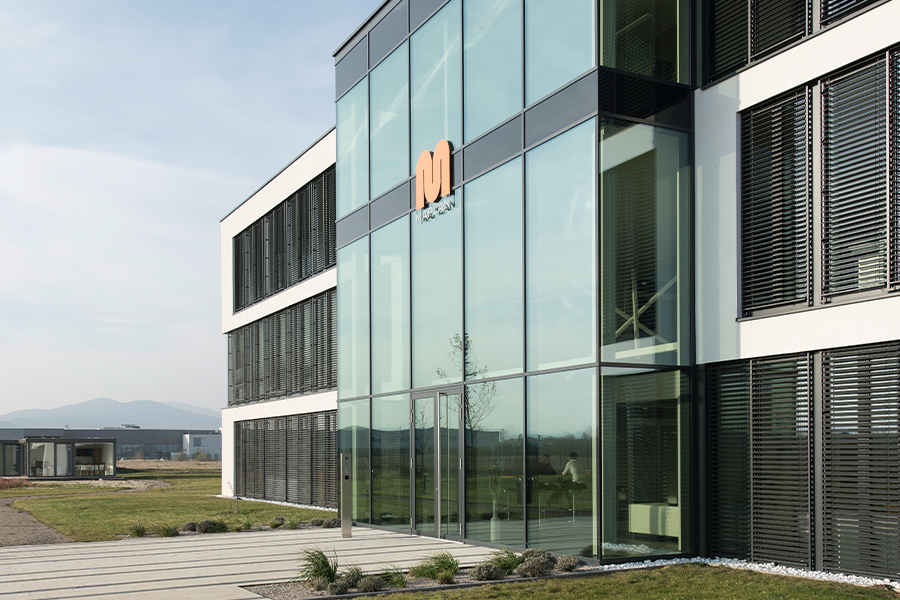Resources are not unending, but are, in fact, a rare good. We accept this responsibility. For this reason, MAPLAN machinery exhausts every opportunity to optimise energy efficiency and avoid waste which the current level of technology provides.
ENERGY-EFFICIENT TECHNOLOGY
Energy-saving drive – MAP.cooldrive
The servo-motor drive matches the amount of power that is actually required, meaning it can provide sensational energy savings of up to 70 percent.
Read more…
Intelligent temperature control – MAP.dci
Through intelligent, demand-based regulation of the MAP.dci temperature units’ flow rate, energy consumption is reduced by up to 80 percent – and this is achieved at the same time as improved accuracy control.
Read more…
Energy monitoring – MAP.energywatcher
In many businesses, uneconomical energy usage can often go unrecognised for a long time. Precise awareness of energy flows as well as a visualisation of energy consumption constitute the essential basis for the implementation of energy-saving measures. And that is exactly what the MAP.energywatcher makes possible by permanently logging the resource consumption of a given injection moulding machine. Consumption is recorded and can be calculated on that basis, meaning it can continuously be optimised. With the MAP.energywatcher, process engineers and technicians will also be able to calculate the energy used by individual machine parts in future. This will be of great benefit in the calculation of new and article related parts, since it will be based on real data.There are further comprehensive analysis opportunities available:
- Energy per shift, day or period of time as defined by the user (comparable with a trip meter)
- Energy consumption for the product just produced
The MAP.energywatcher is available in three variants:
- For the measurement of power: MAP.powerwatcher
- For the measurement of water: MAP.waterwatcher
- For the measurement of air pressure: MAP.airwatcher
Additional heating plate isolation
All new MAPLAN machines are fitted with strong side isolation of the heating plates as standard. This additional isolation leads to a significantly raised level of energy efficiency and also helps in the optimal distribution of temperature.
LOW WASTE
The avoidance of expensive material waste is likewise a sustainability issue for MAPLAN.
Compound change without loss of material
With MAPLAN machinery, there is no expensive loss of material when changing compounds since it is not necessary to clean either with material compounds or other cleaning materials. Furthermore, the injection unit’s simple and straightforward design means that no material is wasted owing to it becoming dirty. As a result, you can change from colour to colour easily and in a way that saves you money.



